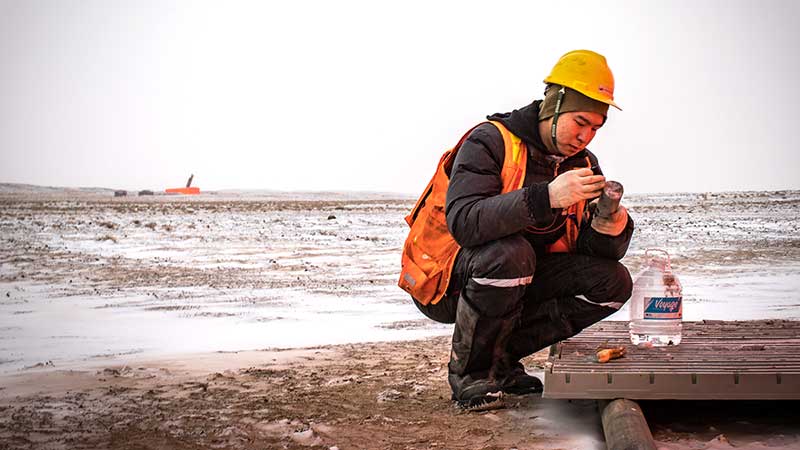Xanadu aims to fill tier one copper void
Mining
Only a handful of exploration companies worldwide are progressing copper projects with genuine potential to develop into tier one assets – the large, low-cost, high-margin operations coveted by major mining houses.
Arguably the lowest profile of these is Xanadu Mines.
Xanadu has been beavering away in Mongolia since before it listed on the ASX in 2010.
However, the company’s initial focus was coal. It was only in early 2014 that it announced the bottom-of-the-market acquisition of the Kharmagtai copper-gold project from Rio Tinto subsidiary Turquoise Hill Resources.
Kharmagtai was picked up on the cheap when the market was in such bad shape and Turquoise Hill had its hands full with the giant Oyu Tolgoi copper-gold project 120km to the south.
But it has quickly developed into Xanadu’s flagship and is now a standout project in its own right.
In March 2015, the company declared a maiden resource of 203.4 million tonnes at 0.34% copper and 0.33 g/t gold (0.55% copper equivalent) for 1.5 million pounds of copper and 2.2 million ounces of gold over three deposits – Stockwork Hill, Copper Hill and White Hill – at Kharmagtai.
Drilling since then has returned some monster intercepts including 646m at 0.51% copper and 0.87% gold (1.06% copper equivalent) plus 411m at 0.54% copper and 0.79% gold (1.04% copper equivalent) near the surface.
Hits such as these, and the general way in which Kharmagtai is shaping up, have prompted Paterson Securities analyst Simon Tonkin to label the project as “one of the most promising copper and gold discoveries being explored globally.
“At Kharmagtai, a significant Mineral Resource of over 200Mt has already been defined within three deposits,” Tonkin said in a recent note to clients that identified Xanadu as among Patersons’ top three stock picks for February.
“However, [Xanadu] has had significant extensional drilling success over the past 12 months and we see potential to significantly expand the resource.

“This could provide an initial/starter low strip ratio (1:1) open pit and a longer term high grade underground development option very similar to the Oyu Tolgoi development pathway.”
The picture could be improved significantly again through further exploration success.
Xanadu has identified 19 new exploration targets within the Kharmagtai tenements and is in the process of testing these in the hope of making a new discovery (or discoveries) that would add another dimension to the project.
Where the company has probably suffered in comparison to some of its peers in the past is in the often-times unfavourable perception of Mongolia as a destination for mining investment.
But managing director Dr Andrew Stewart, who lives in the Mongolian capital of Ulaanbaatar, believes that perception is wholly unwarranted.
As he points out, Mongolia is the only country in which a major copper mine – Oyu Tolgoi – has been built in the past two decades.
“We’re not here to apologise for all of Mongolia’s ups and downs, but the fact is they haven’t stopped the world’s third biggest copper mine being developed there,” Stewart says.
Providing him with additional comfort is Rio’s recent move to establish an exploration office in Ulaanbaatar, a decision that he says the mining giant would not have taken lightly.
Rio has also begun its first ever exploration foray in Mongolia on ground outside of the Oyu Tolgoi, while Chilean copper giant Codelco was publicly discussing its desire to invest in the country as recently as August last year.
In light of Mongolia receiving votes of confidence such as those and with the ageing nature of many of the world’s largest copper mines, it appears likely that Xanadu’s progress with Kharmagtai will soon be attracting interest from the majors, if it hasn’t already.
This special report is brought to you by Xanadu Mines.
This advice has been prepared without taking into account your objectives, financial situation or needs. You should, therefore, consider the appropriateness of the advice, in light of your own objectives, financial situation or needs, before acting on the advice.
If this advice relates to the acquisition, or possible acquisition, of a particular financial product, the recipient should obtain a Product Disclosure Statement (PDS) relating to the product and consider the PDS before making any decision about whether to acquire the product.